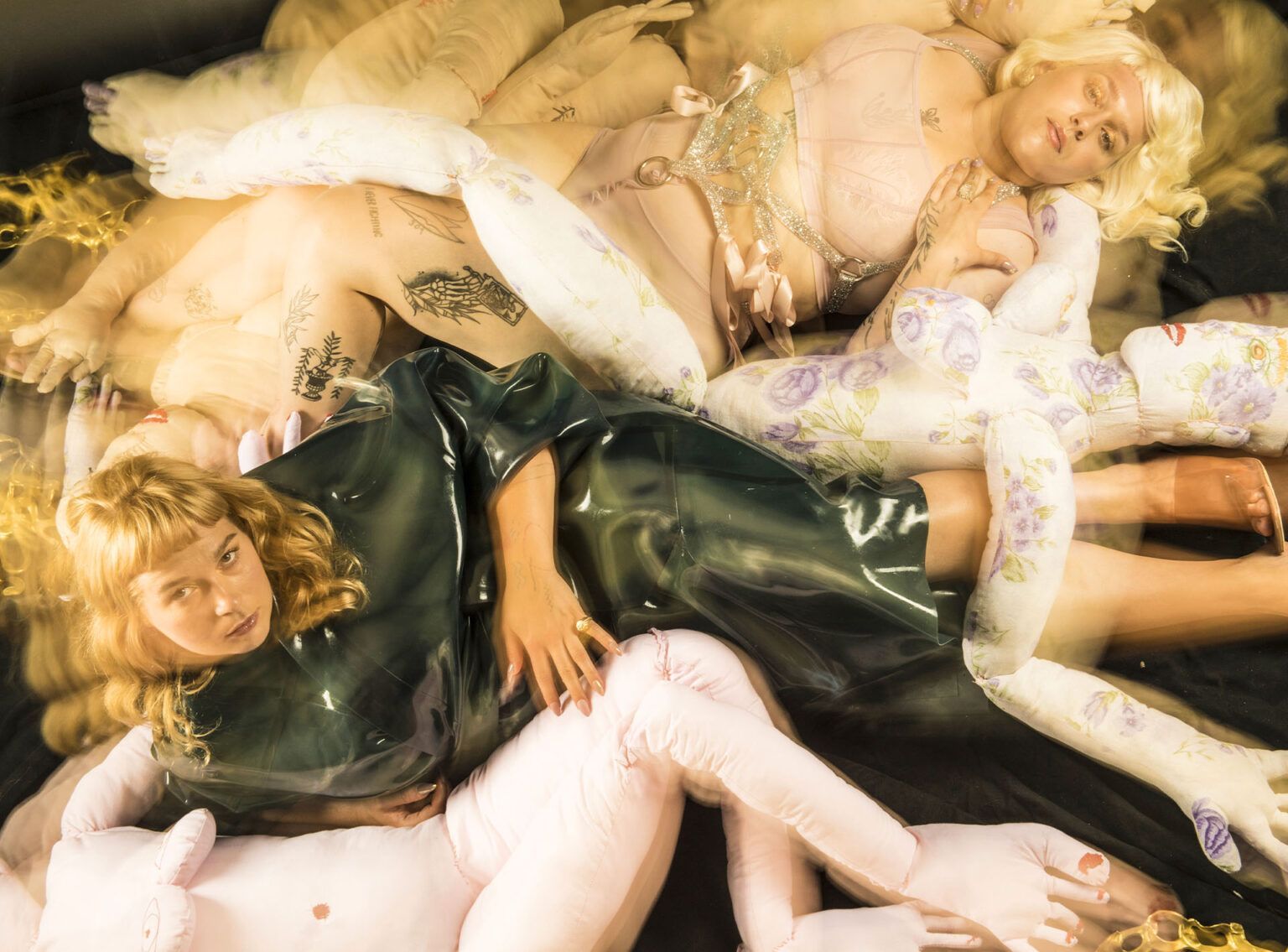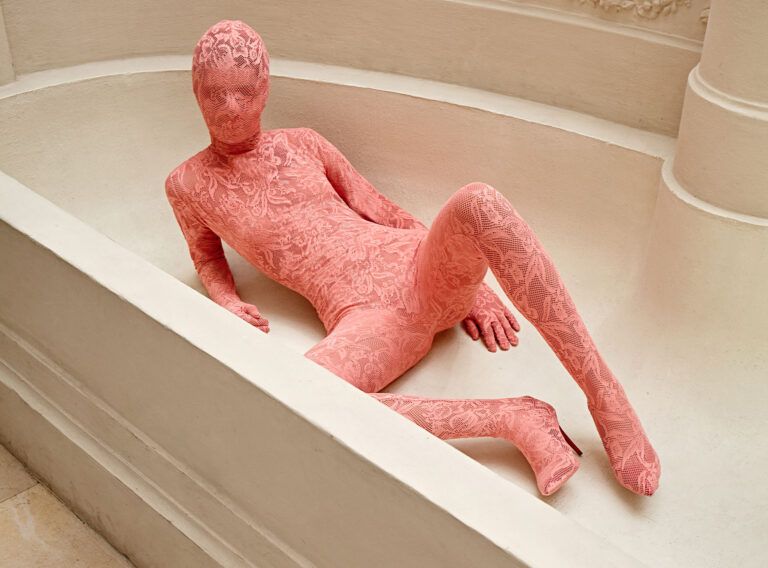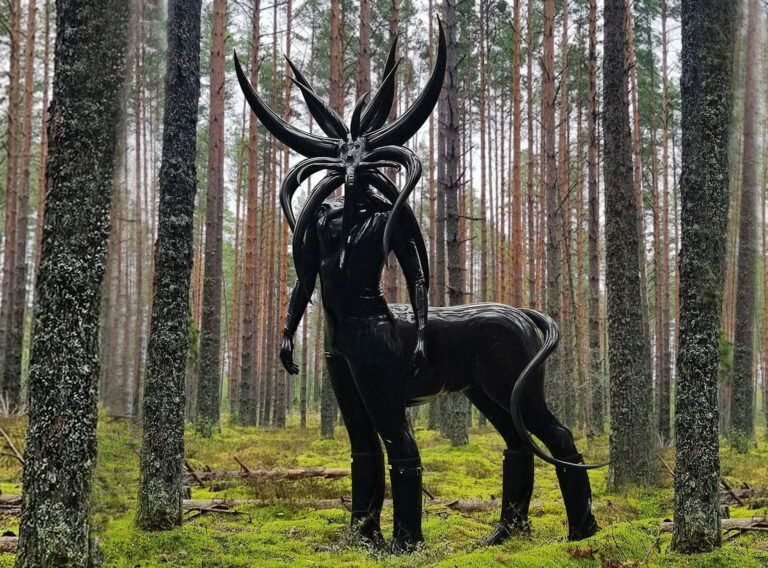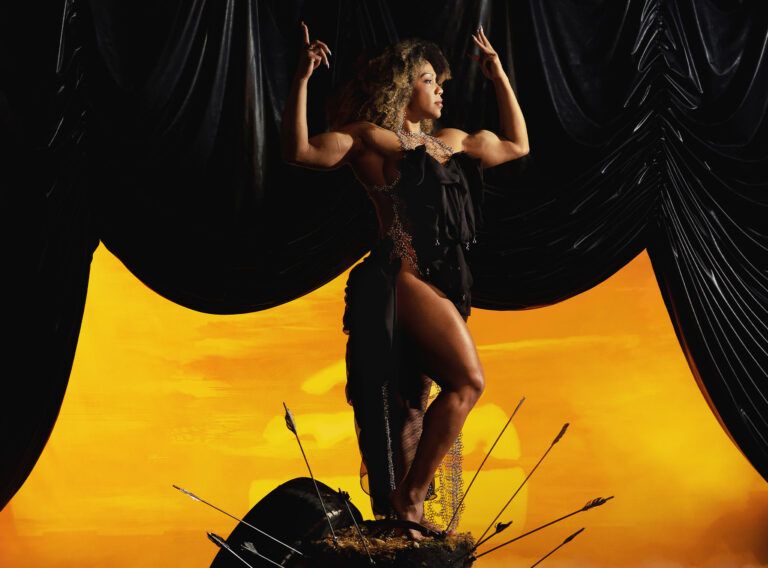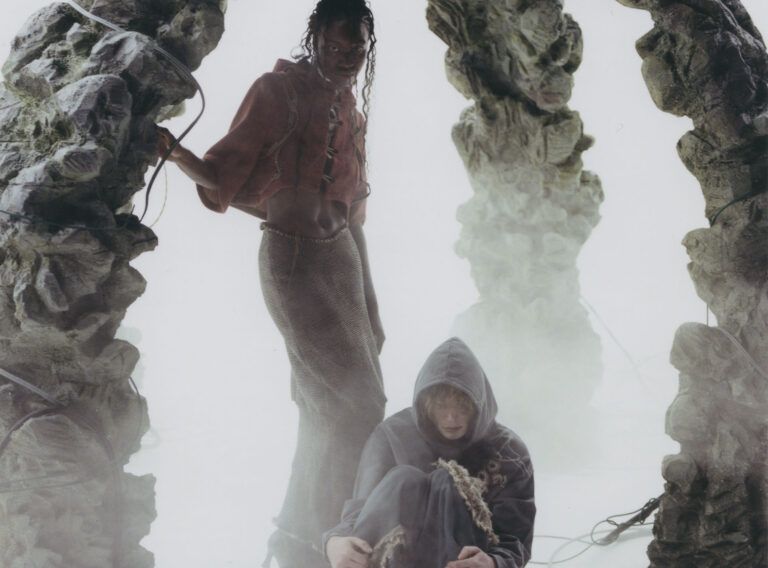An angel fell to Earth as they were watching the sunset, dreaming about how it feels to be mortal and alive, with the consequences of such shown on one’s flesh and fragile soul. As they were imagining all the beauty that comes with the sleepy sun touching the horizon, with their blue eyes, they glimpsed two beautiful creatures, females, probably. Skin so soft that silk sheets are nothing compared to it. Body curves that remind you of your homeland and also make you feel butterflies in your stomach. Hair like golden ribbons falling from the sky, so shiny and so caressable. The angel even started to think that they entered another realm and those are goddesses there.
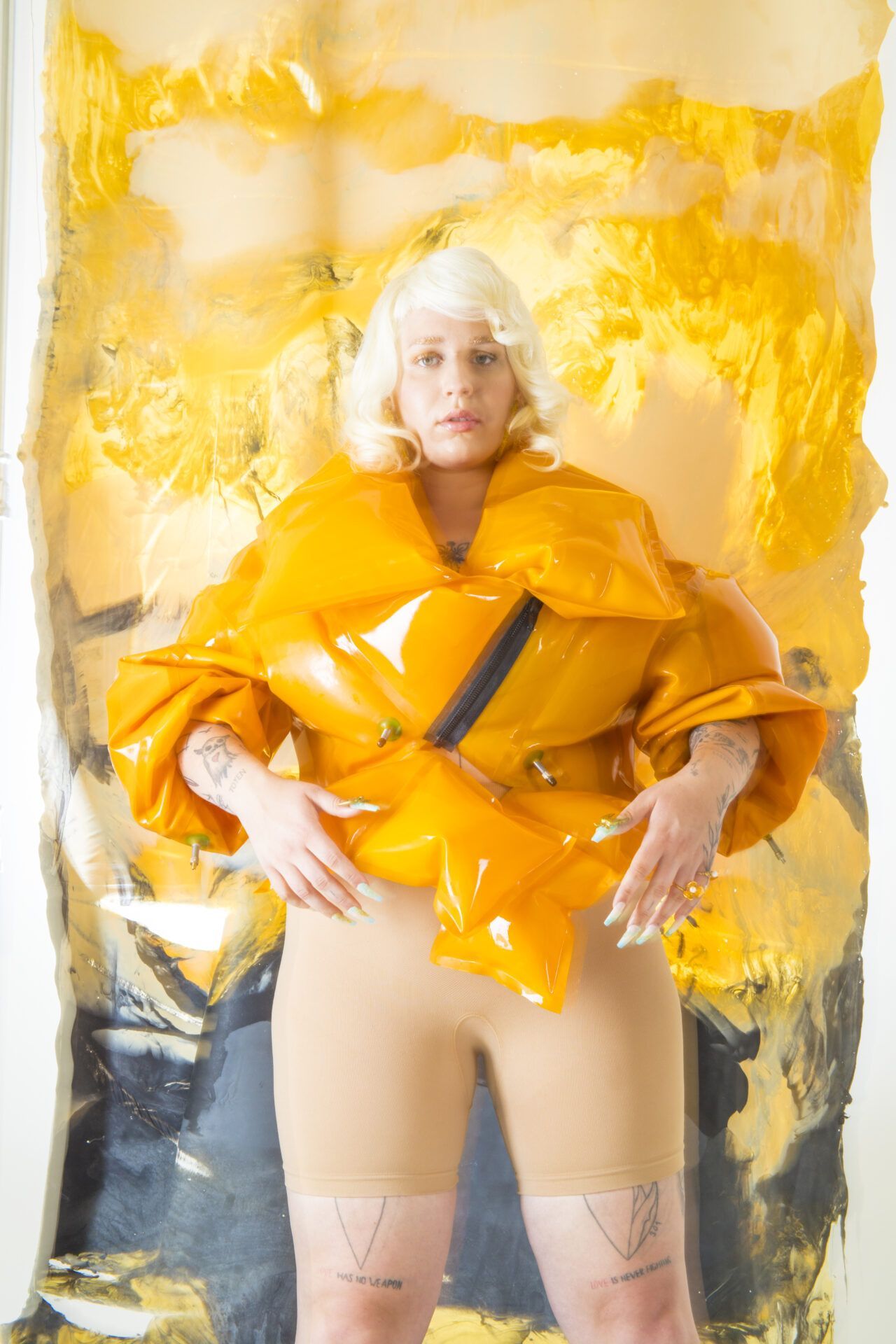
Angels don’t fall to our planet often so they spent one night before coming back to Heaven, spectating all the wonders they can see and absorb. From dusk till dawn, they were wondering about all the humans and how perfectly they were created, wishing they would realize that their diversity is the divine gift that is fundamental to the functioning of their world. When the sky seemed to get bright and the new day began, the angel whispered to themselves quietly: “All the bodies are pieces of art.” But in that very intimate moment when the sun started rising, it seemed like they shouted it out loudly, and all the creatures around heard them so clearly that they were stunned by the truth of their words and so the new day on Earth began!
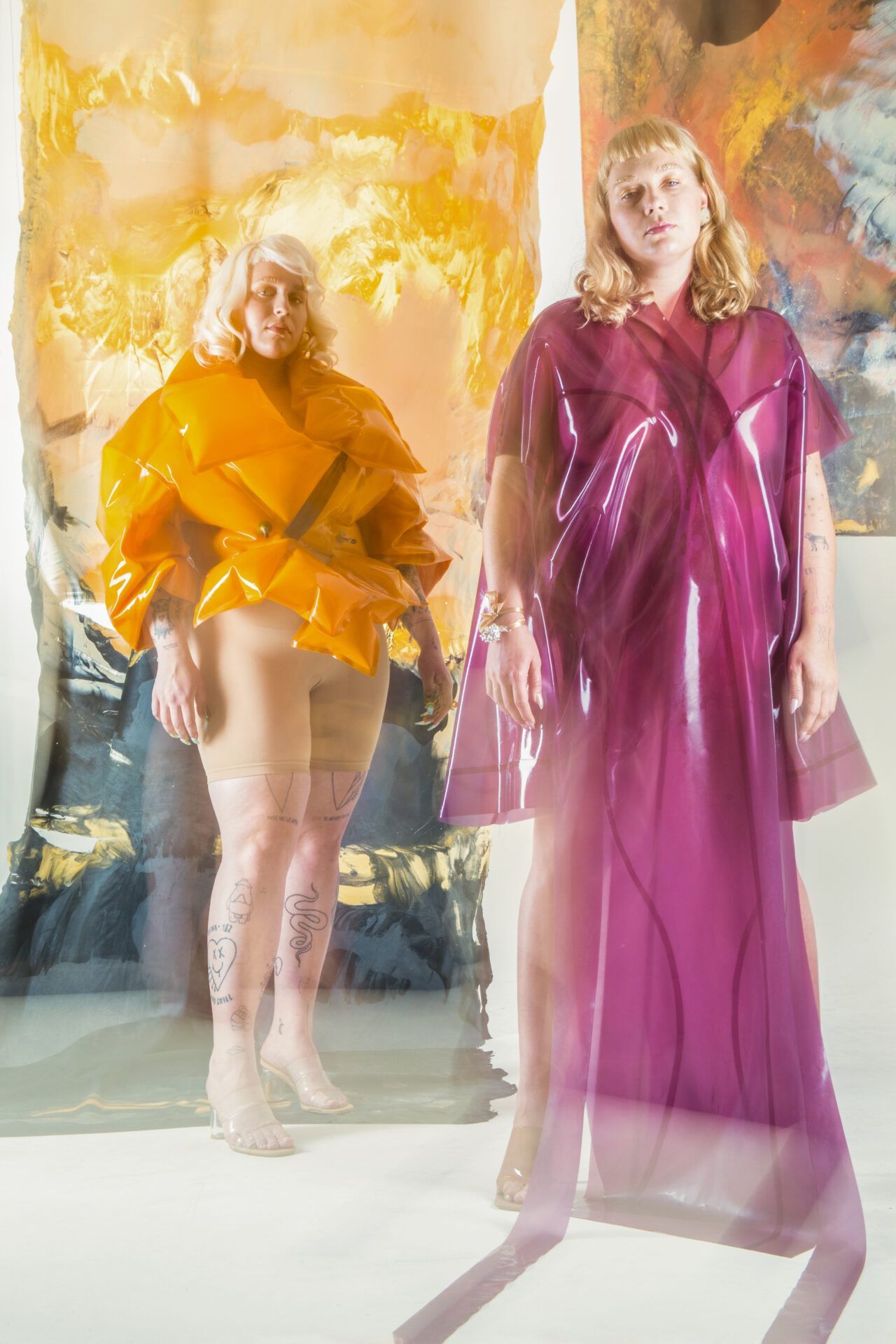
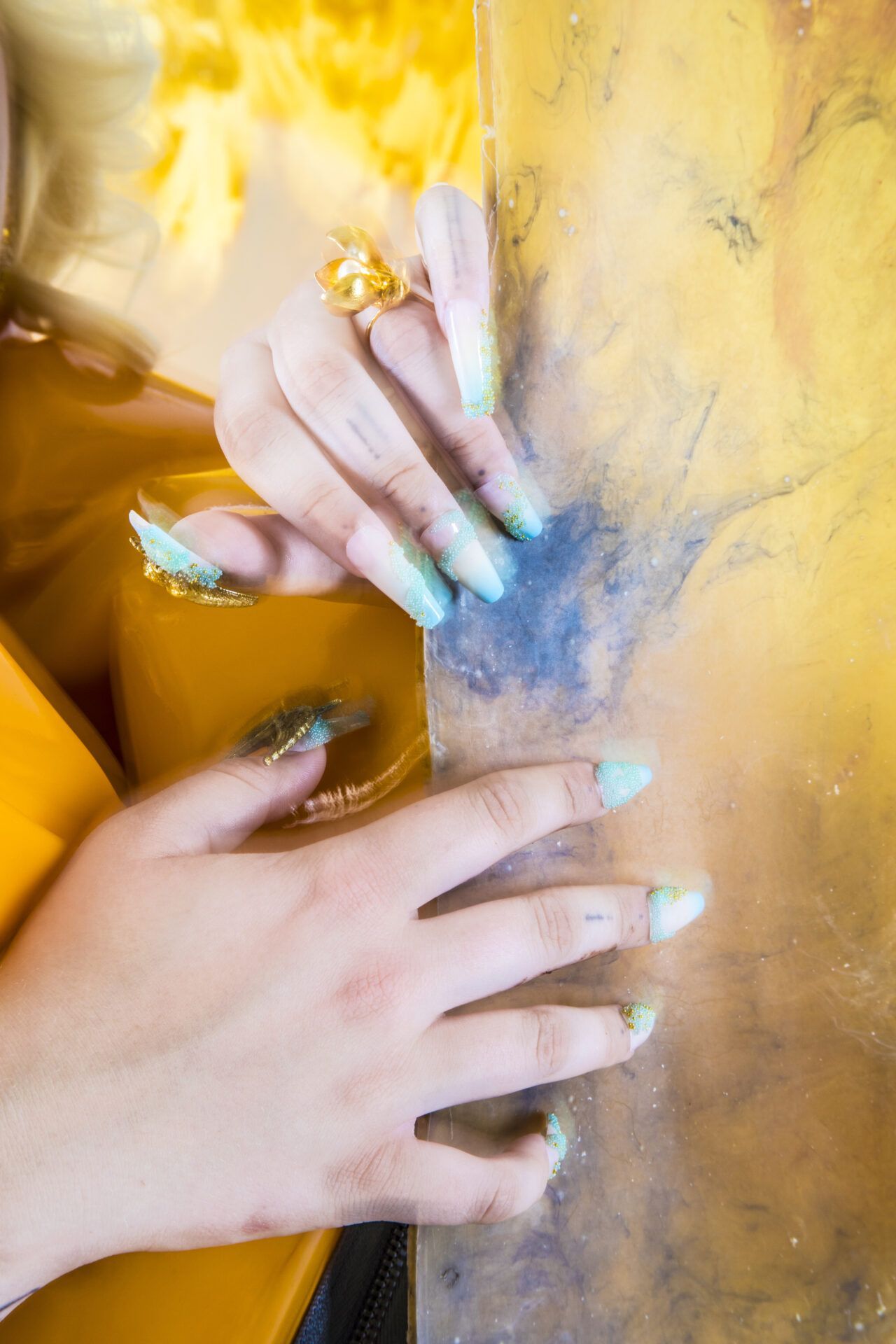
Following text is edited from the article “HUMAN BODY: HUMAN BODIES, RELIGION, AND ART” by Dr. Diana Apostolos-Cappadona
From the signification of fertility and maternity to objectification as a form of perfection, the human body becomes a multilayered discourse connecting humanity and divinity. Whether interpreted as culturally conditioned carriers of engendered meaning or sources of sensual pride, artistic renderings of the human figure within the framework of religious language are physical sites of fear and anxiety. The imagery of the human body communicates religious ideas and moral values in the arts through eight categories of expression.
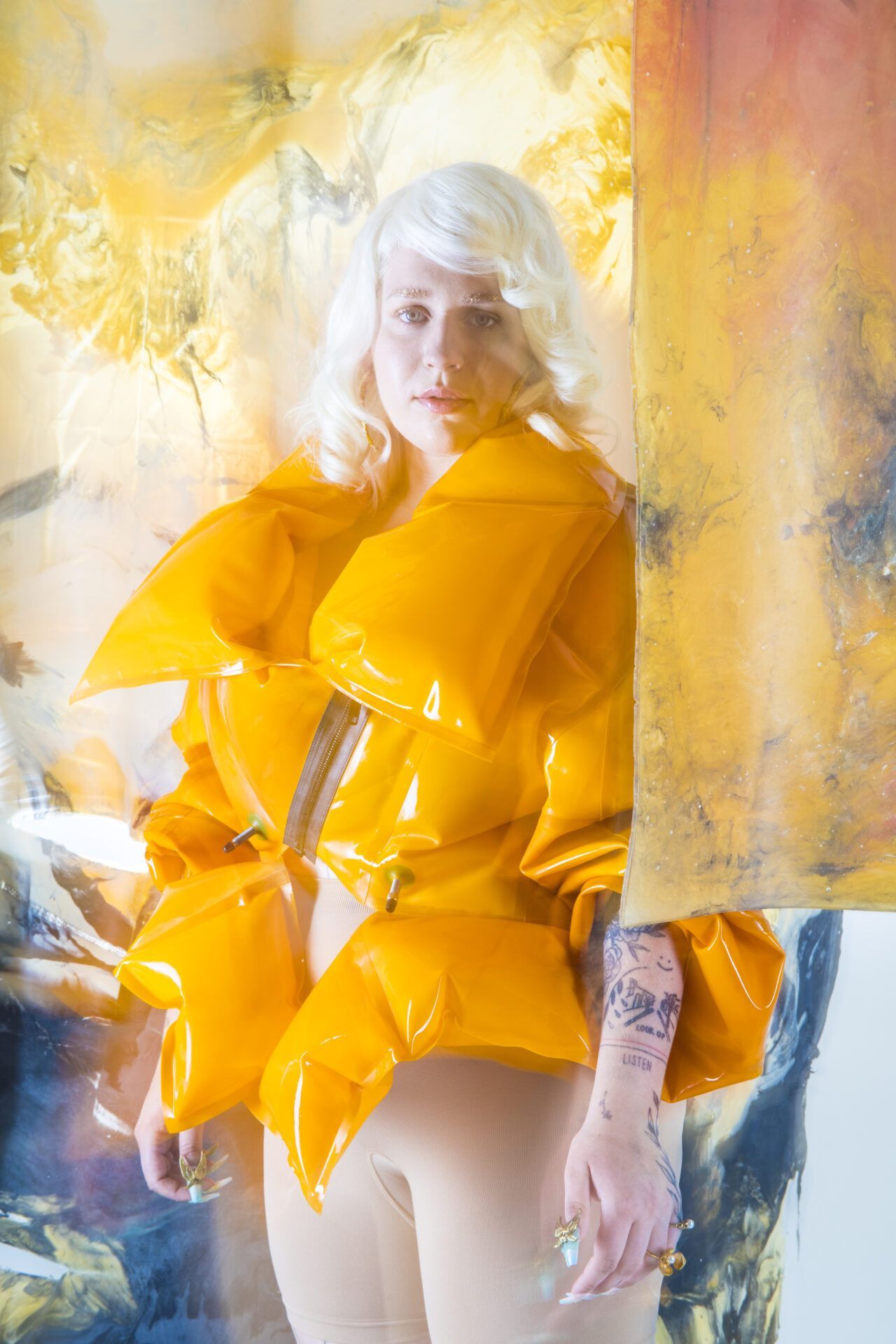
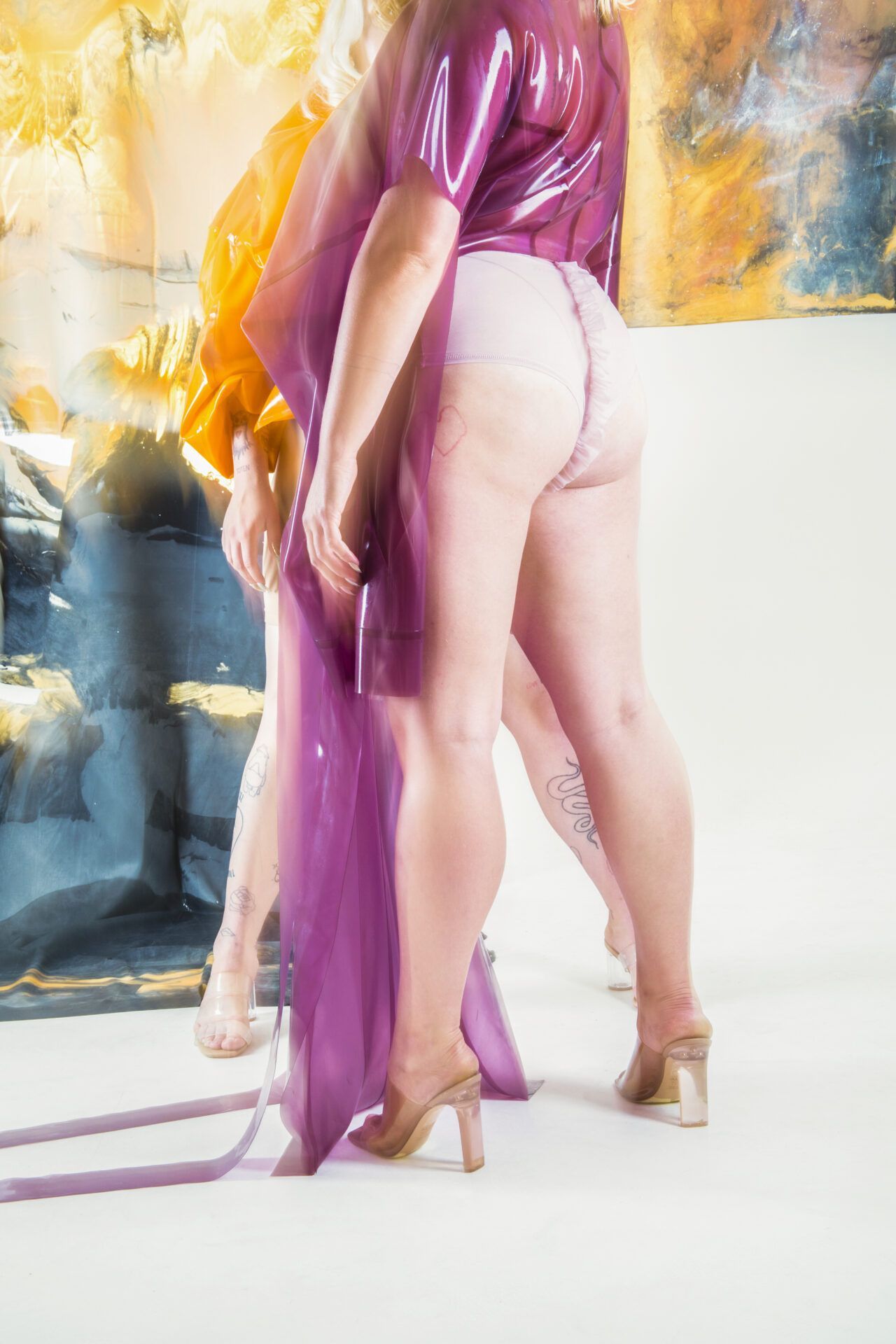
The first expression is creativity and fertility, which are most often represented by the female body. The earliest signifiers of fecundity were primal female bodies like those of the so-called Venus of Willendorf and Cycladic statuettes of goddesses, which emphasize the hips, thighs, and abdomen while deemphasizing the head and the upper body.
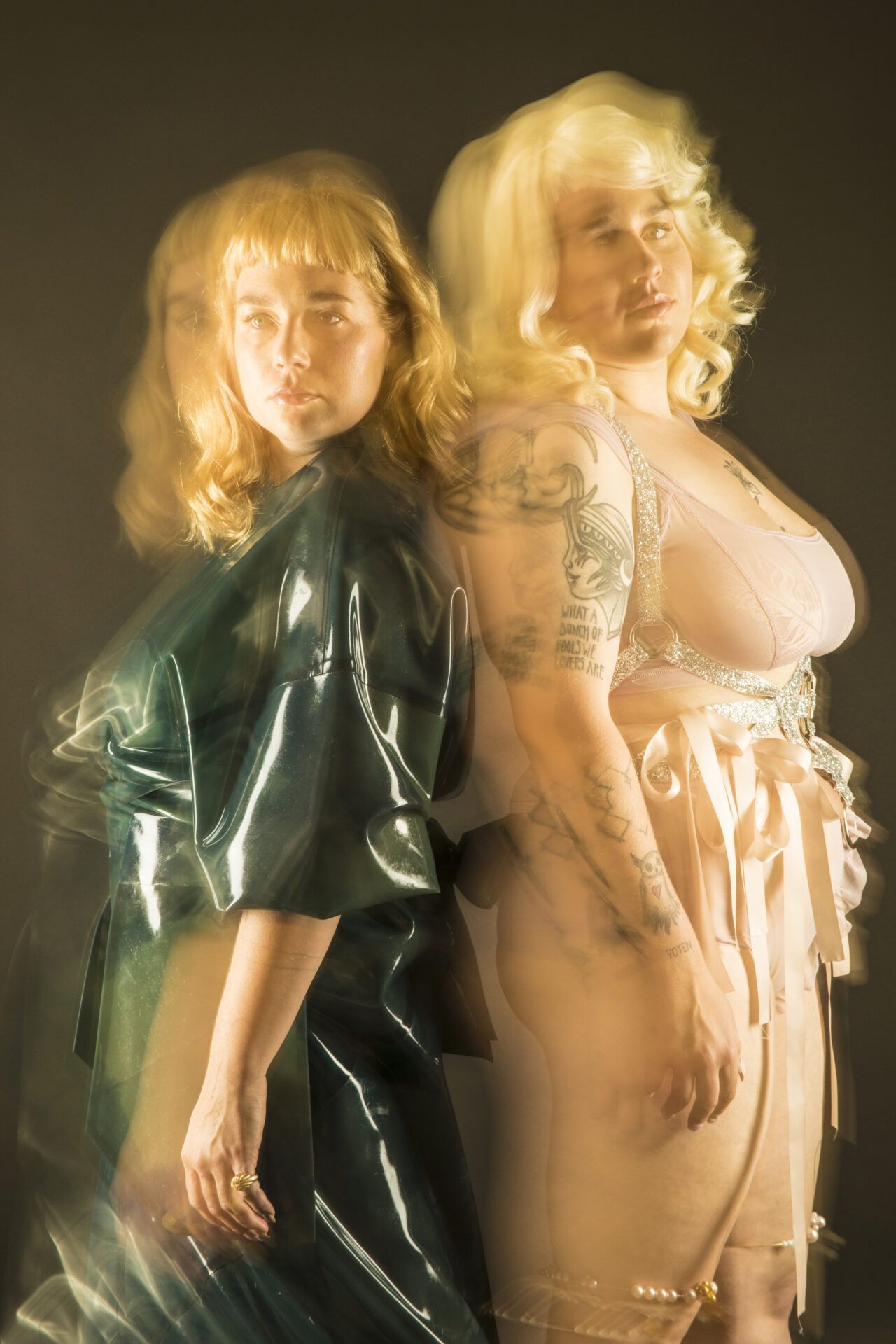
The second expression is religious devotion. The first subcategory of the human body in devotional art is that of the receiver of acts or offerings of devotion. The second subcategory is that of devotees who proffer ceremonial honor, prayer, adoration, and gifts.
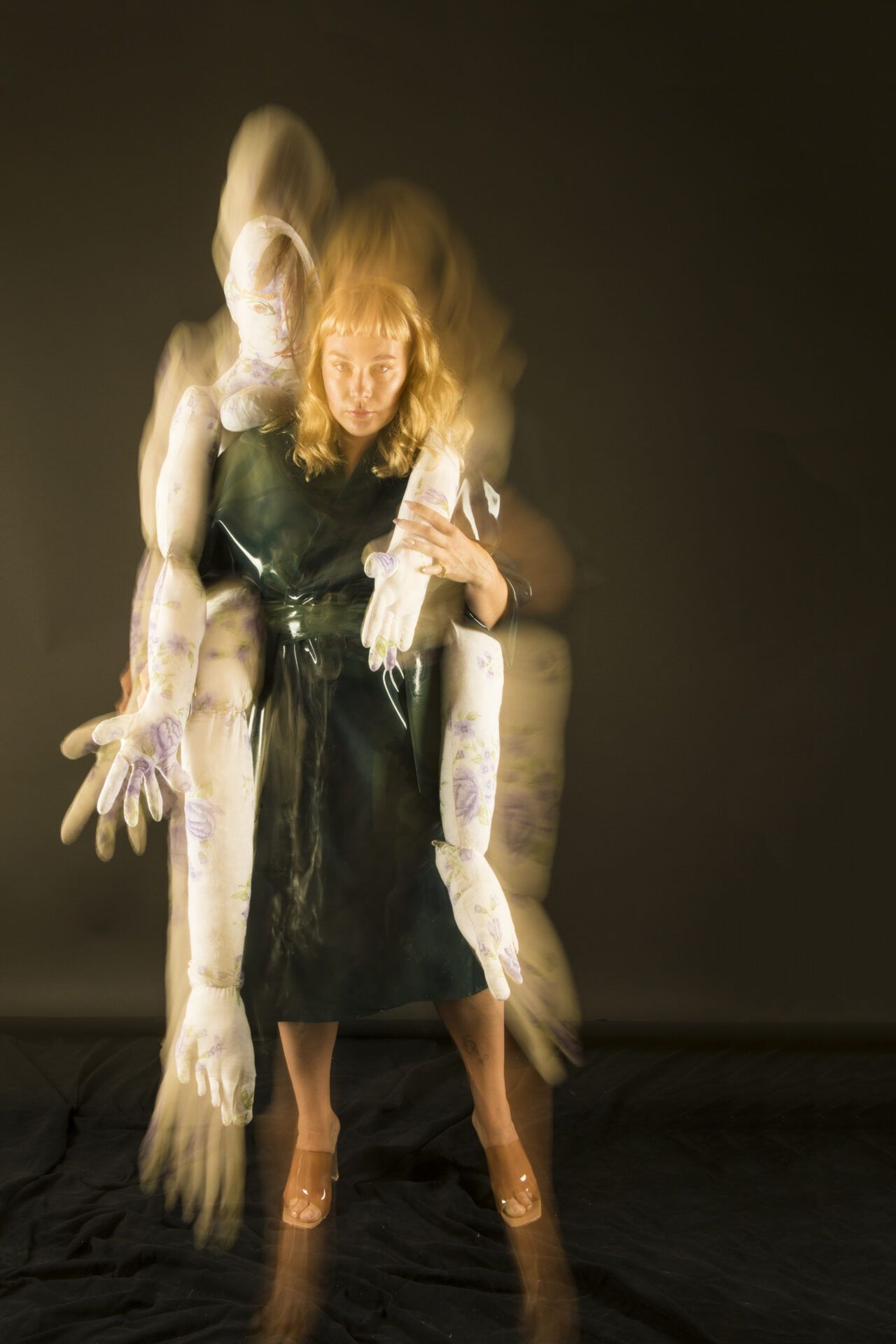
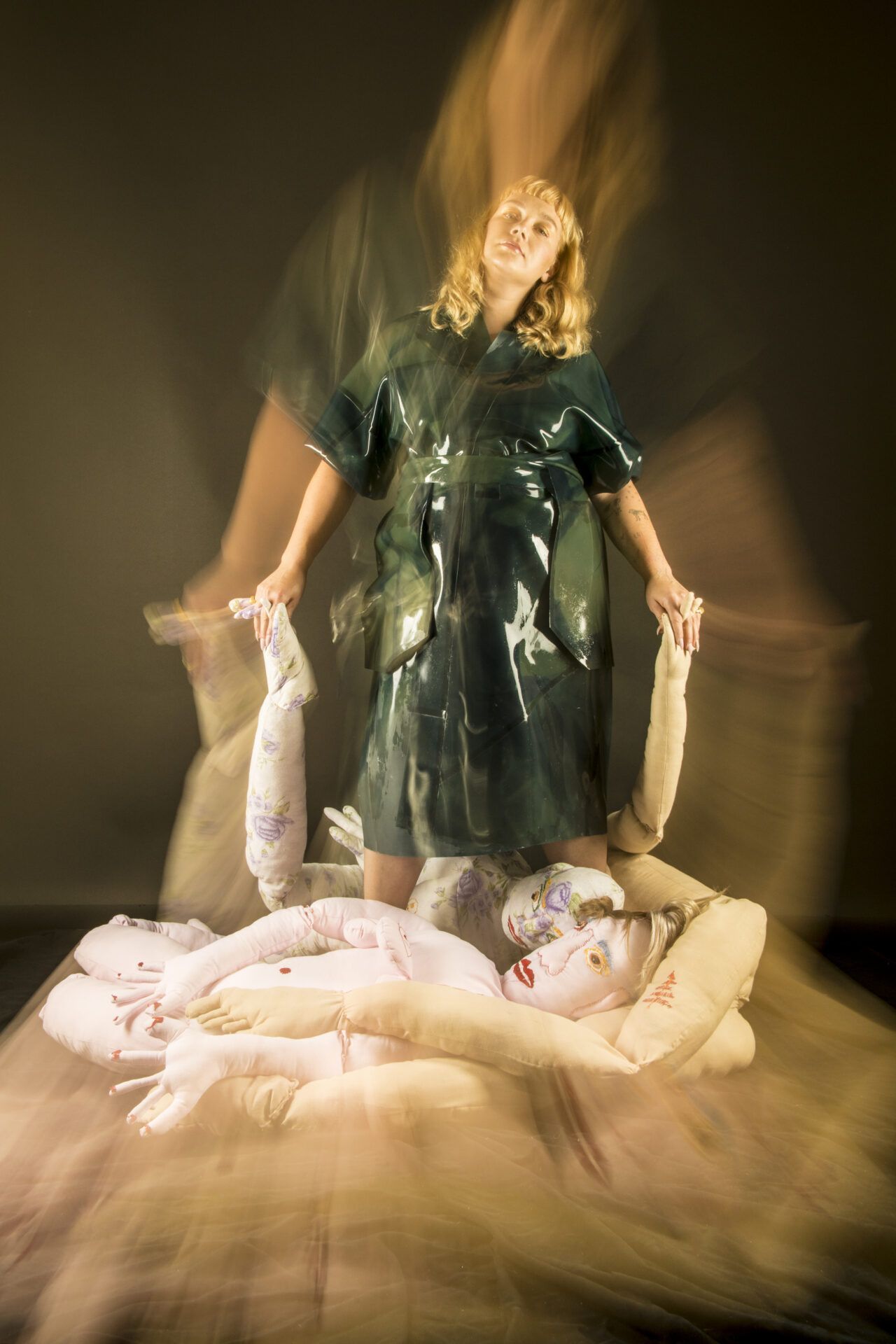
The third expression is form, particularly the ideal form that connotes sacrality and spirituality through the human body, or the distortions resulting from physical suffering and frailty that denote human finitude. The aesthetics of the human body communicates such moral concepts as self-sacrifice, discipline, self-respect, and personal honor.
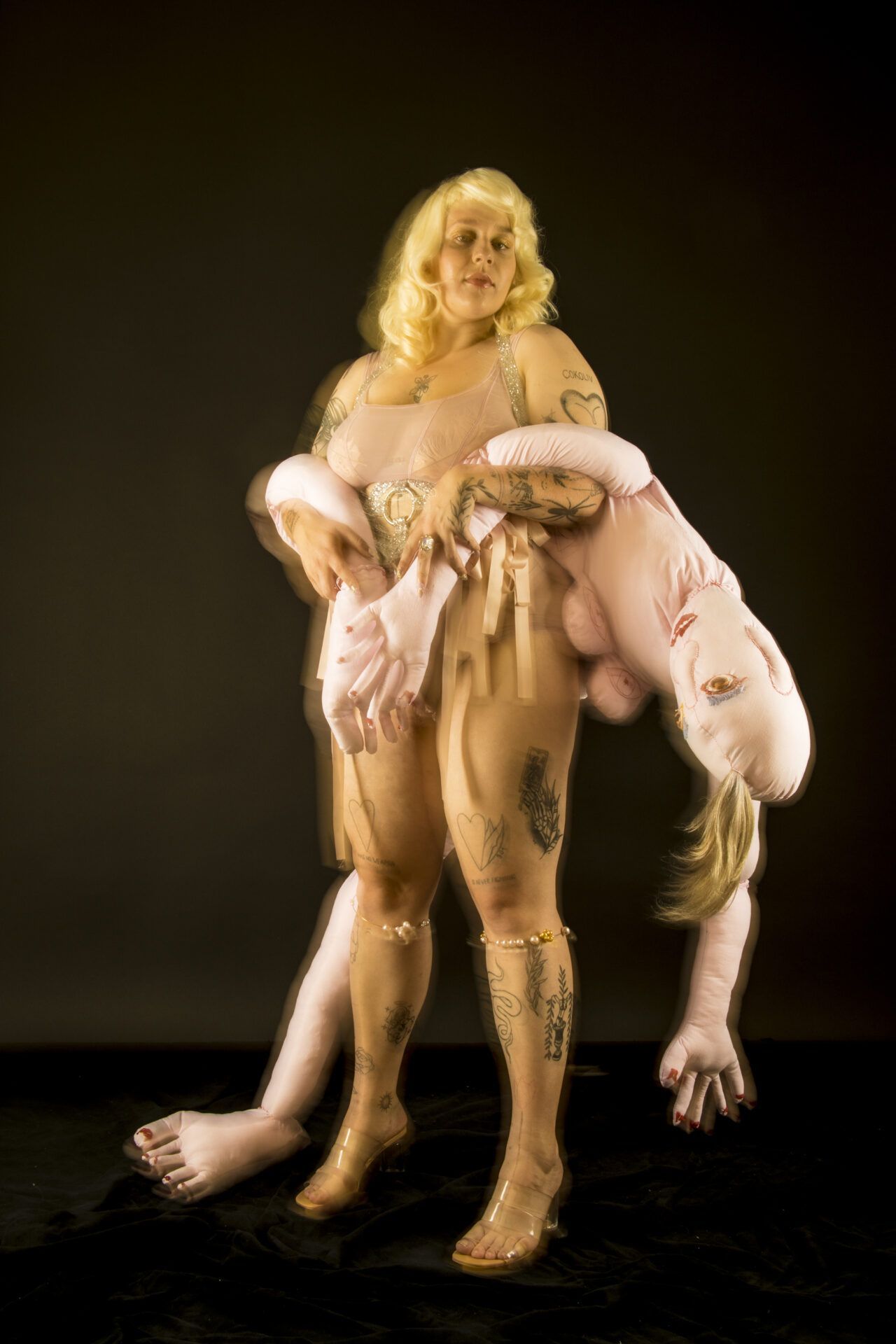
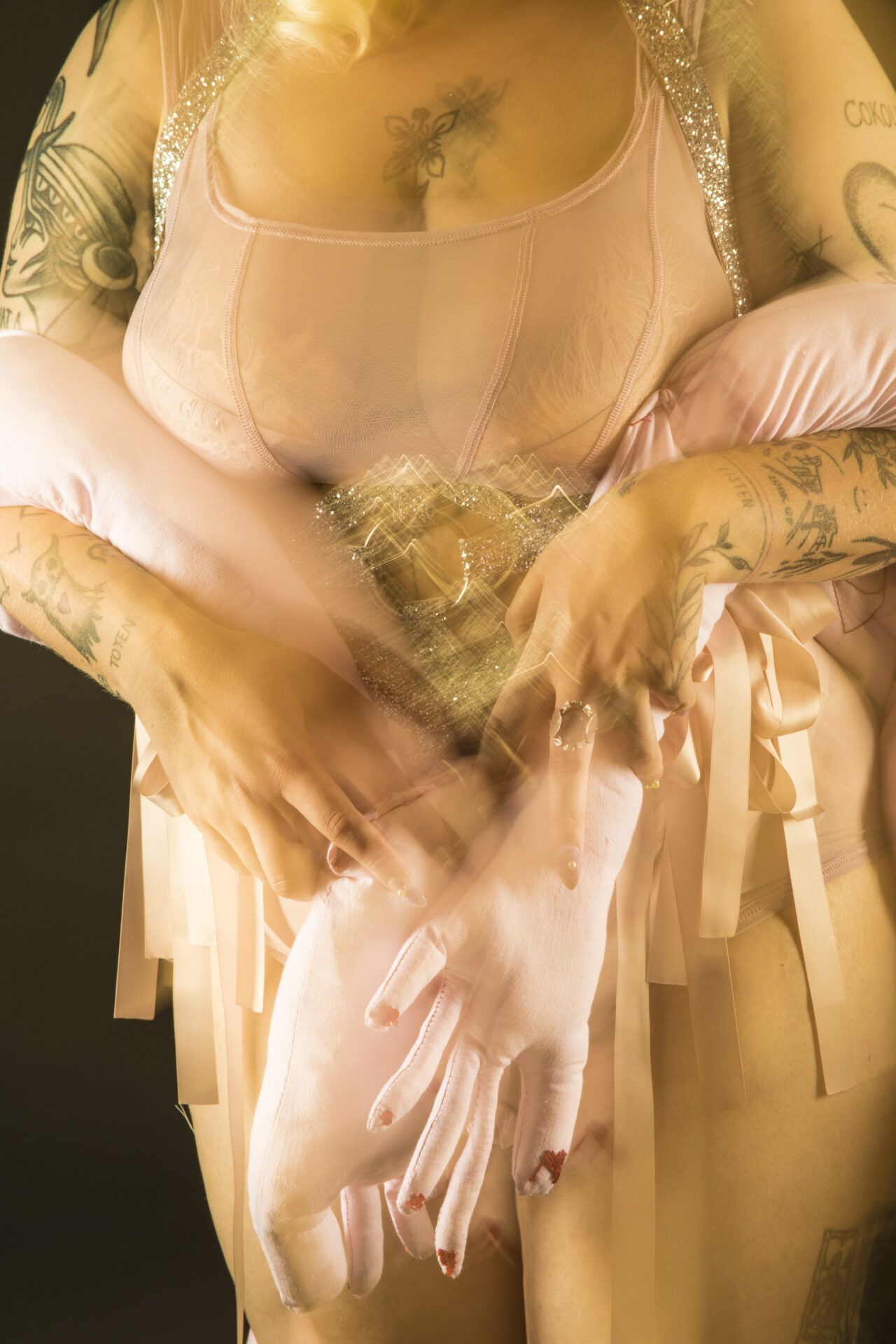
The fourth expression is gender. All three designations of gender—an inclusive field of study; sexual identification; and a socialized mode of being in the world—are possible in presentations of the human body in art.
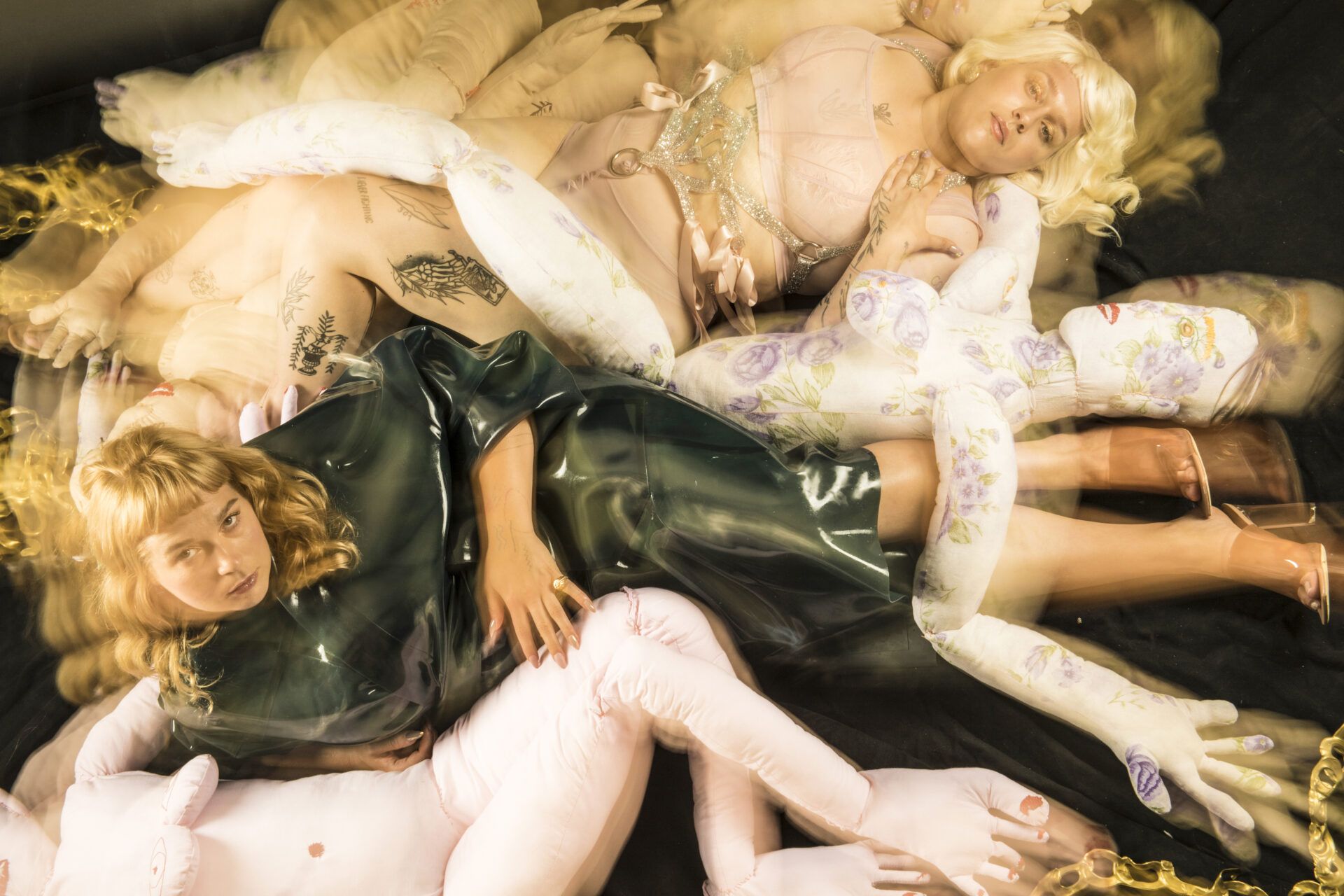
The fifth expression is power, whose essential characteristic is the visible interactions between individuals or groups. Power has many meanings and iconographic representations. Dynamis is a force released through the relationship between form—specifically the human body—and the artistic process. The work of art is empowered through the process of embodiment.
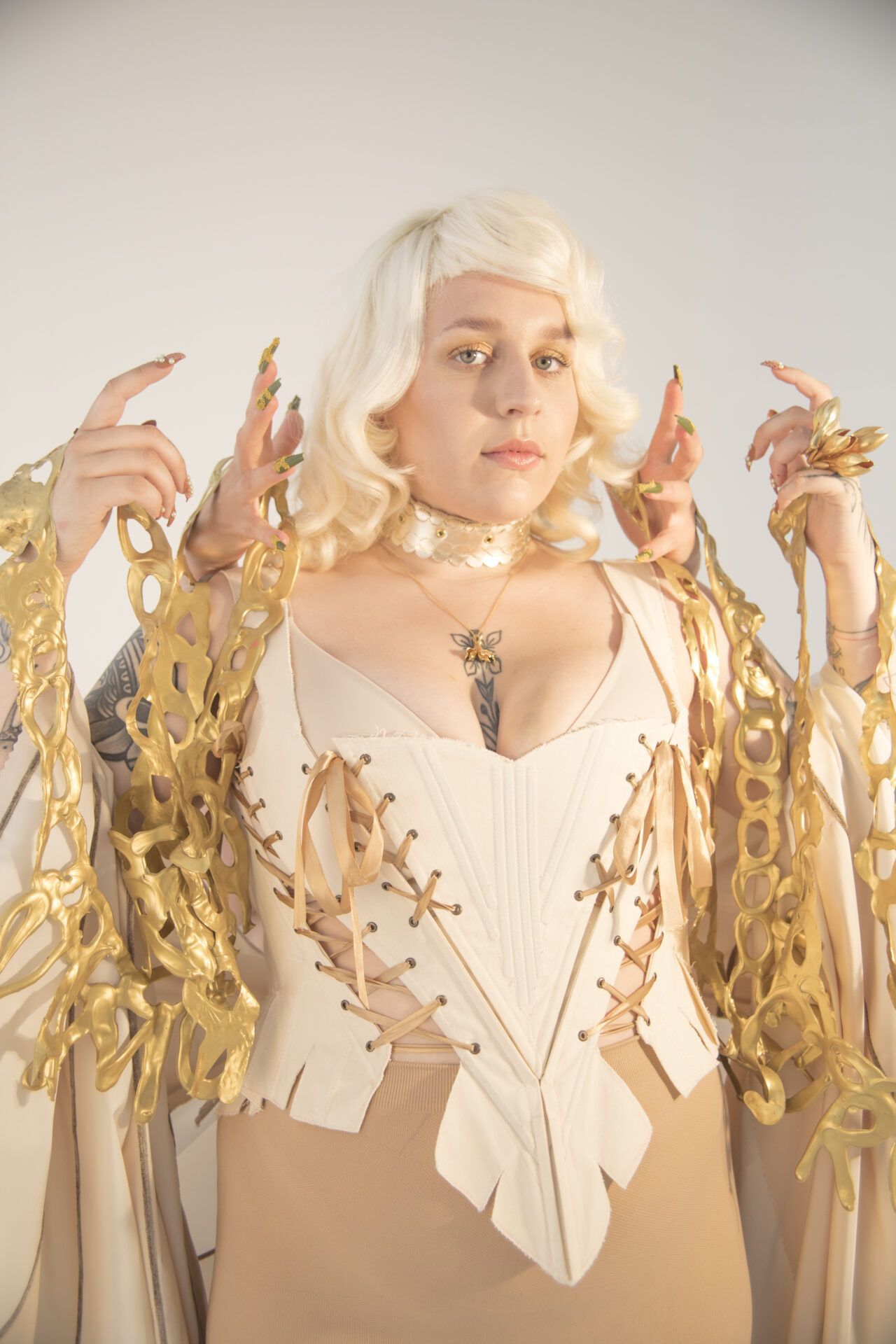
The sixth expression is motion or movement as a medium of communication, through posture and gesture, for ideas, religious values, and moral ideals. Posture includes stance, position, and pose; gesture involves communication through facial contortions, hand signals, and the arrangement of the feet.
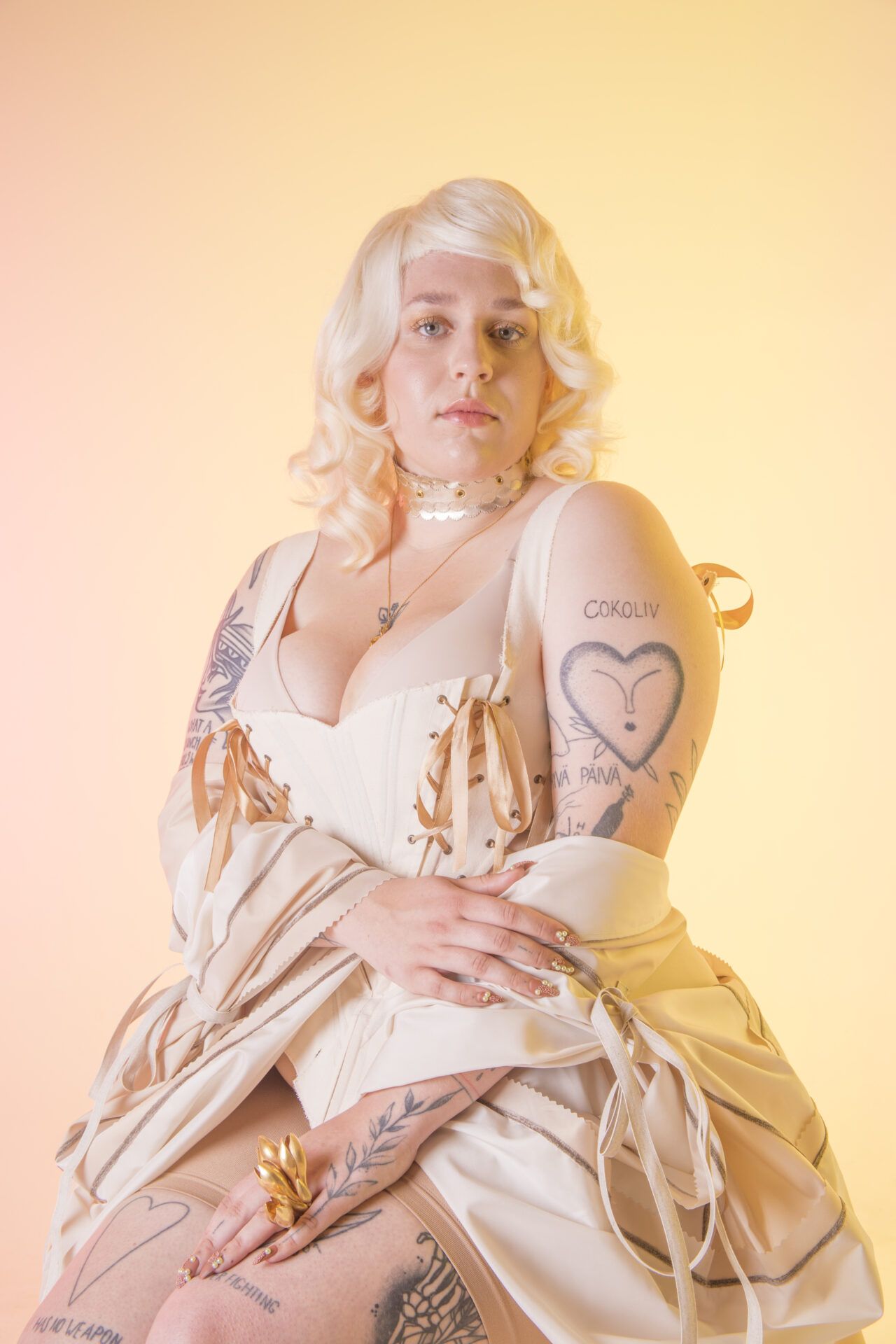
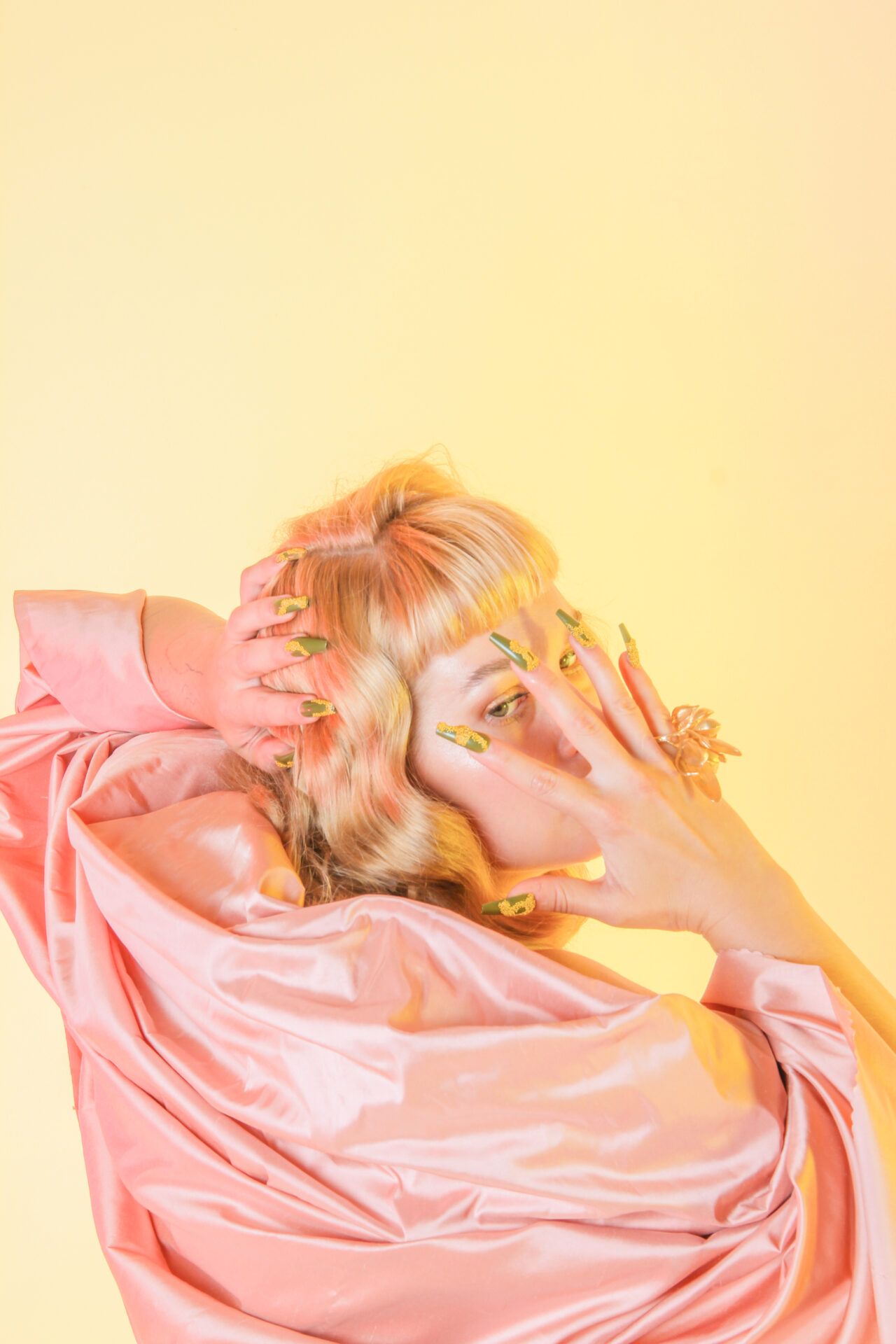
The seventh expression is dress and nudity, a dichotomy greater than the simple distinction between being naked or clothed. The nude as an artistic category represents a specific set of attitudes toward the depiction of the human body in a state of undress. In contrast to nudity, dress and drapery enhance the appearance of the human body and reflect the social status of the wearer.
The eighth expression is portraiture, which, as a universal genre, is divided into two categories: realistic portraits of identifiable individuals and idealized depictions of a type, such as a ruler or saint.
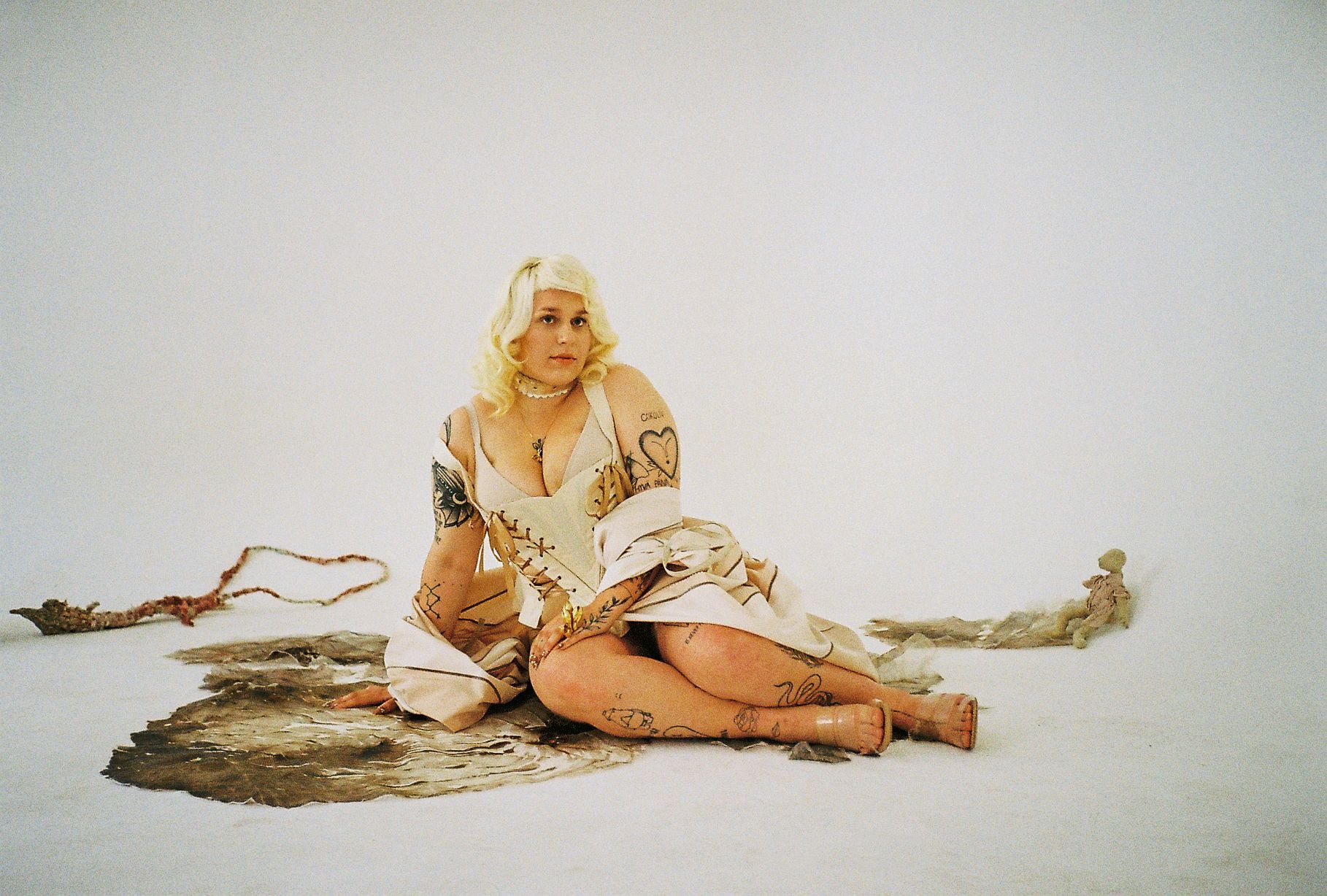
CREDITS
Creative Director / Markéta Kosinová @__maarketa__
Photo / Viktorie Macánová @wickeimack
Photo assistant / Matěj Racek @racaman666
Styling / Kateřina Hynková @khynko
Styling Assistant / Martin Humpolak @_humpolak_
MUA / Diana Vitikačová @muadiana.v
Hair / Jan Chvojka @lostinthehair
Models / Karolína Jansová @karolina.jansa, Kateřina Jandová @jsemkvjetina
Text (Tale about Angel) / Markéta Kosinová @__maarketa__
Text (Human Body) / Diana Apostolos-Cappadona
Produced by SWARM MAG
DESIGNERS
Latex fashion/ Florian Máthé @an_elastic_word
Lingerie and glitter harness specially made for the editorial / Studio Beast Of The East @beastoftheeastcz
Statement jewelry / Janja Prokić Studio @janja_prokic_studio
Gold acrylic chains / Roman Výborný @namornamornamornamor
Rest of outfits (corsets, nails, etc.) / Kateřina Hynková
SET DESIGN
Latex metrage / Angel & Devil @andlatex
Big Cloth Dolls / Karolína Jansová @karolina.jansa
Fabric Rugs and Objects / Dominik Styk @dominikstyk, Represented by Jiri Svestka Gallery
